Be advised, the plane has a history of veering off of the Runway during takeoff / landing
AG1 External Tank Manual Release
AG7 Aresstor Wire Hook
Config.1 ×2 30kg bombs, ×1 External Fuel Tank
Config.2 ×3 30kg bombs

The Mitsubishi A5M, formal Japanese Navy designation Mitsubishi Navy Type 96 Carrier-based Fighter, experimental Navy designation Mitsubishi Navy Experimental 9-Shi Carrier Fighter, company designation Mitsubishi Ka-14, was a Japanese carrier-based fighter aircraft. It was the world's first low-wing monoplane shipboard fighter to enter service and the predecessor to the famous Mitsubishi A6M "Zero". The Allied reporting name was Claude.

In 1934, the Imperial Japanese Navy prepared a specification for an advanced fighter, requiring a maximum speed of 350 km/h (220 mph) at 3,000 m (9,800 ft) and able to climb to 5,000 m (16,000 ft) in 6.5 minutes. This 9-shi (1934) specification produced designs from both Mitsubishi and Nakajima.
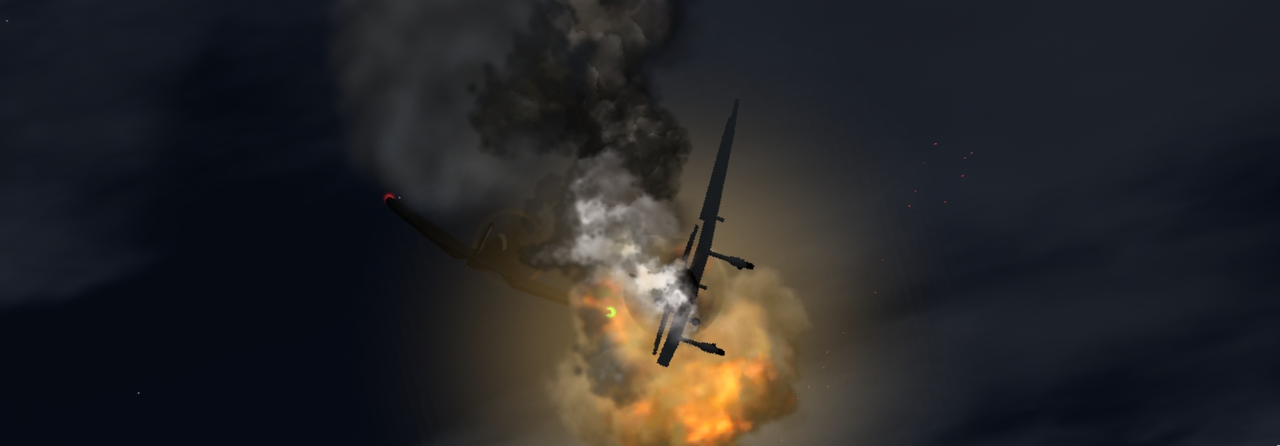
Mitsubishi assigned the task of designing the new fighter to a team led by Jiro Horikoshi (original creator of the similar but unsuccessful Mitsubishi 1MF10, and later responsible for the famous A6M Zero).The resulting design, designated Ka-14 by Mitsubishi, was an all-metal low-wing fighter, with a thin elliptical inverted gull wing and a fixed undercarriage, which was chosen as the increase in performance (estimated as 10% in drag, but only a mere 3% increase in maximum speed) arising from use of a retractable undercarriage was not felt to justify the extra weight. The first prototype, powered by a 447 kW (600 hp) Nakajima Kotobuki 5 radial engine, flew on 4 February 1935. The aircraft far exceeded the requirements of the specification, with a maximum speed of 450 km/h (280 mph) being reached. The second prototype was fitted with a revised, ungulled wing, and after various changes to maximize maneuverability and reduce drag, was ordered into production as the A5M.

With the Ka-14 demonstrating excellent performance, the Imperial Japanese Army Air Force ordered a single modified prototype for evaluation as the Ki-18. While this demonstrated similar performance to the Navy aircraft and hence was far faster than the IJAAF's current fighter, the Kawasaki Ki-10 biplane, the type was rejected by the army owing to its reduced maneuverability. The Army then produced a specification for an improved advanced fighter to replace the Ki-10. Mitsubishi, busy turning the Ka-14 into the A5M, submitted a minimally changed aircraft as the Ki-33, this being defeated by Nakajima's competing aircraft, which was ordered into service as the Ki-27.
BR 1.3
Specifications
Spotlights
- pancelvonat 4.3 years ago
- Fellex 4.3 years ago
- Inuyasha8215 4.3 years ago
- MarbleXLazuli 4.3 years ago
General Characteristics
- Created On Android
- Wingspan 36.6ft (11.2m)
- Length 25.3ft (7.7m)
- Height 10.8ft (3.3m)
- Empty Weight 3,310lbs (1,501kg)
- Loaded Weight 6,200lbs (2,812kg)
Performance
- Horse Power/Weight Ratio 0.12
- Wing Loading 15.9lbs/ft2 (77.8kg/m2)
- Wing Area 389.2ft2 (36.2m2)
- Drag Points 2228
Parts
- Number of Parts 80
- Control Surfaces 12
- Performance Cost 361

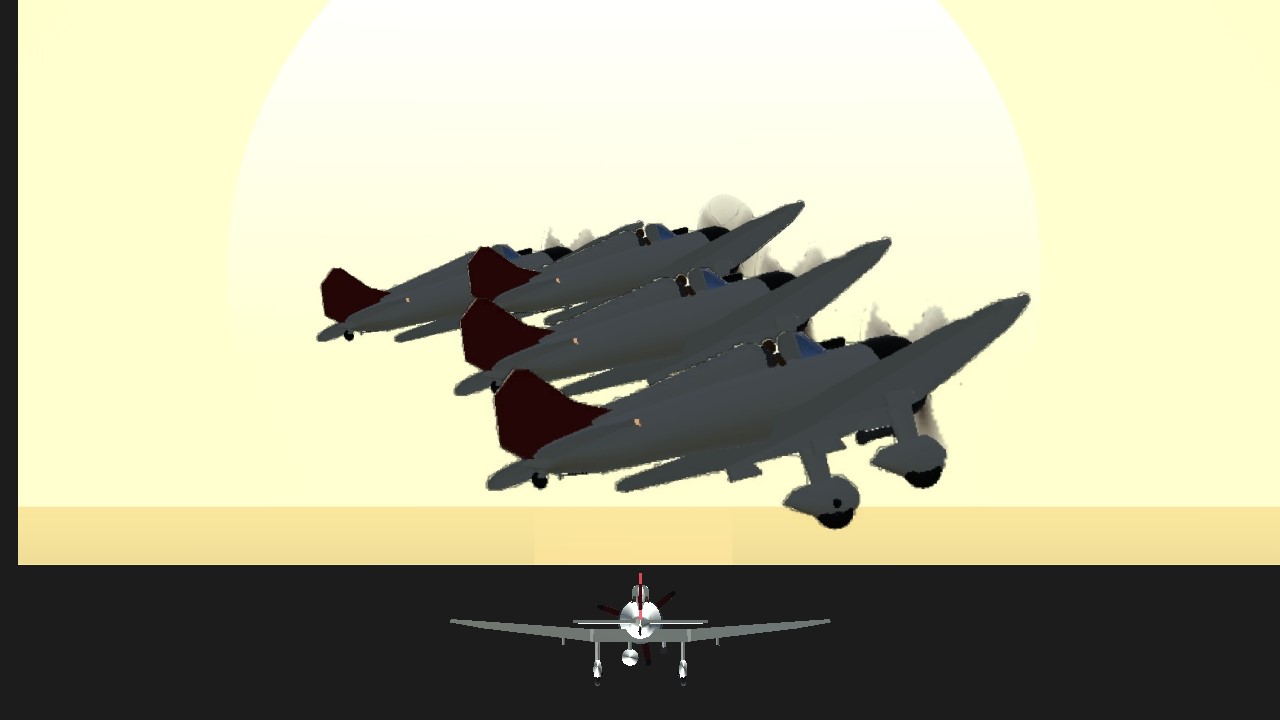
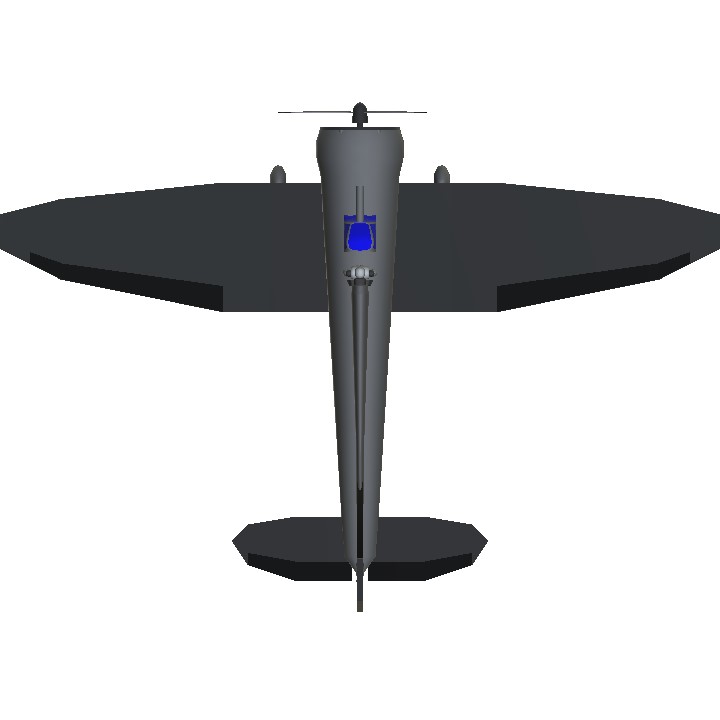
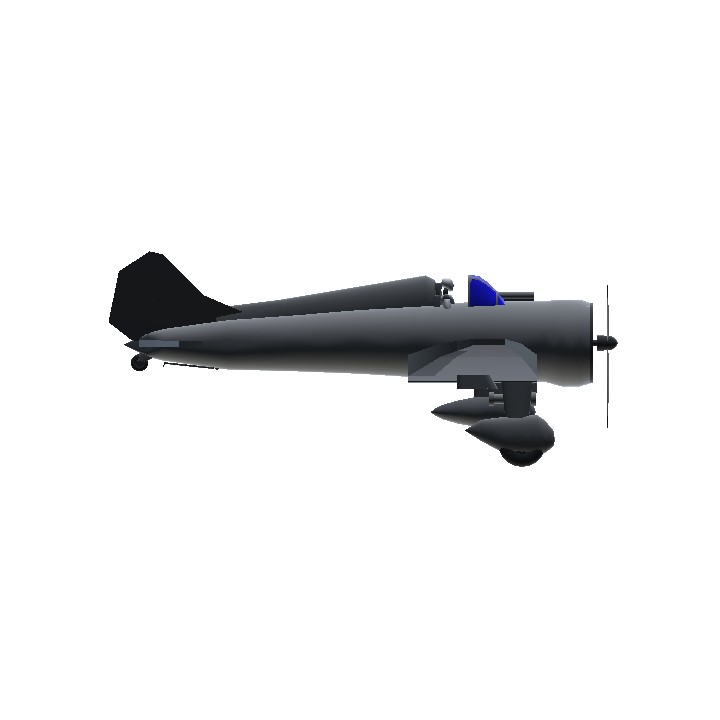
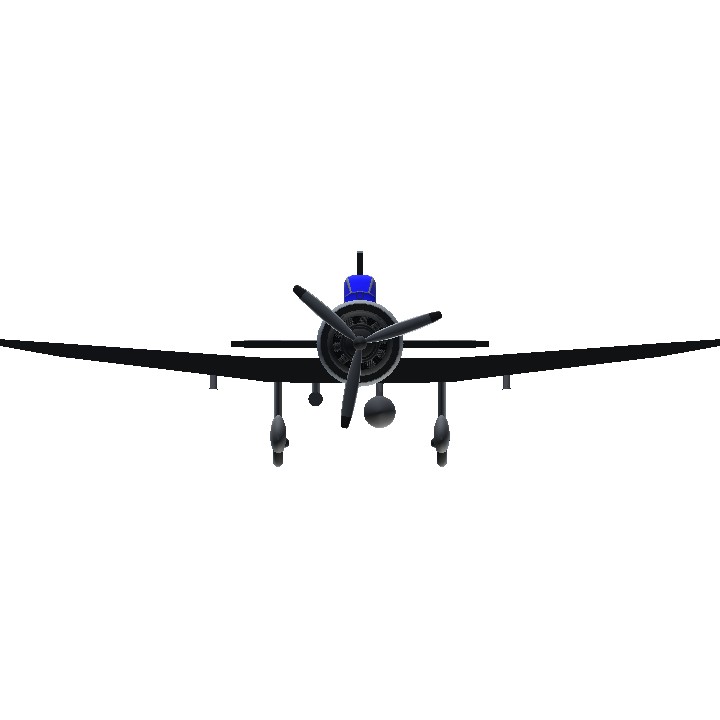
@handitover there will be more hopefully soon, I have more in my profile
@ThatKindaWeeb Poggers
Ty, uwu also there's more coming soon so, be ready for that. @MarbleXLazuli
Ayy this is real nice, especially since this plane isn't recognized, its one of if not the best one on the site now. Good job Owo